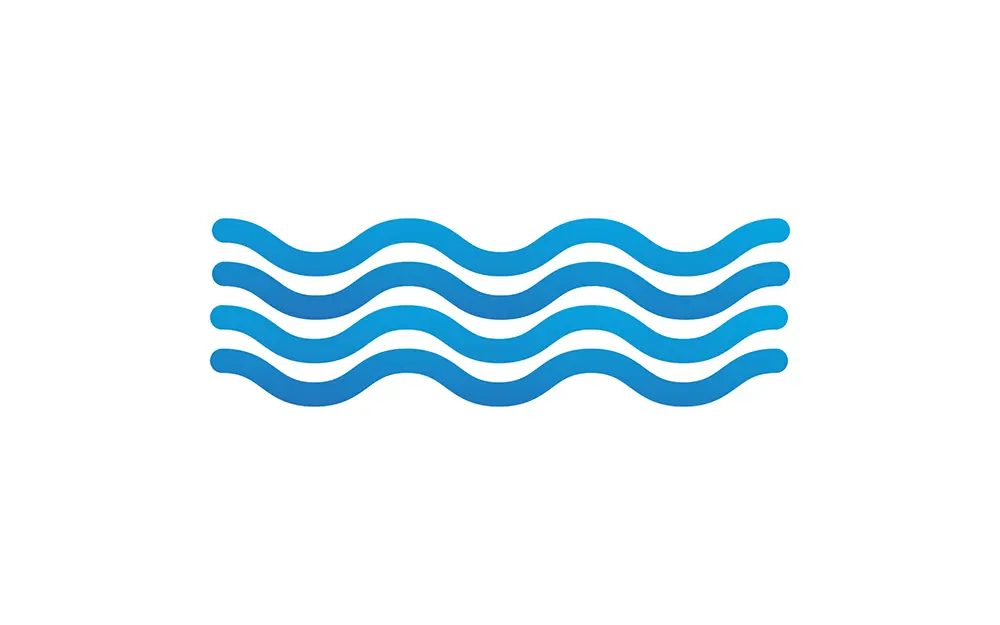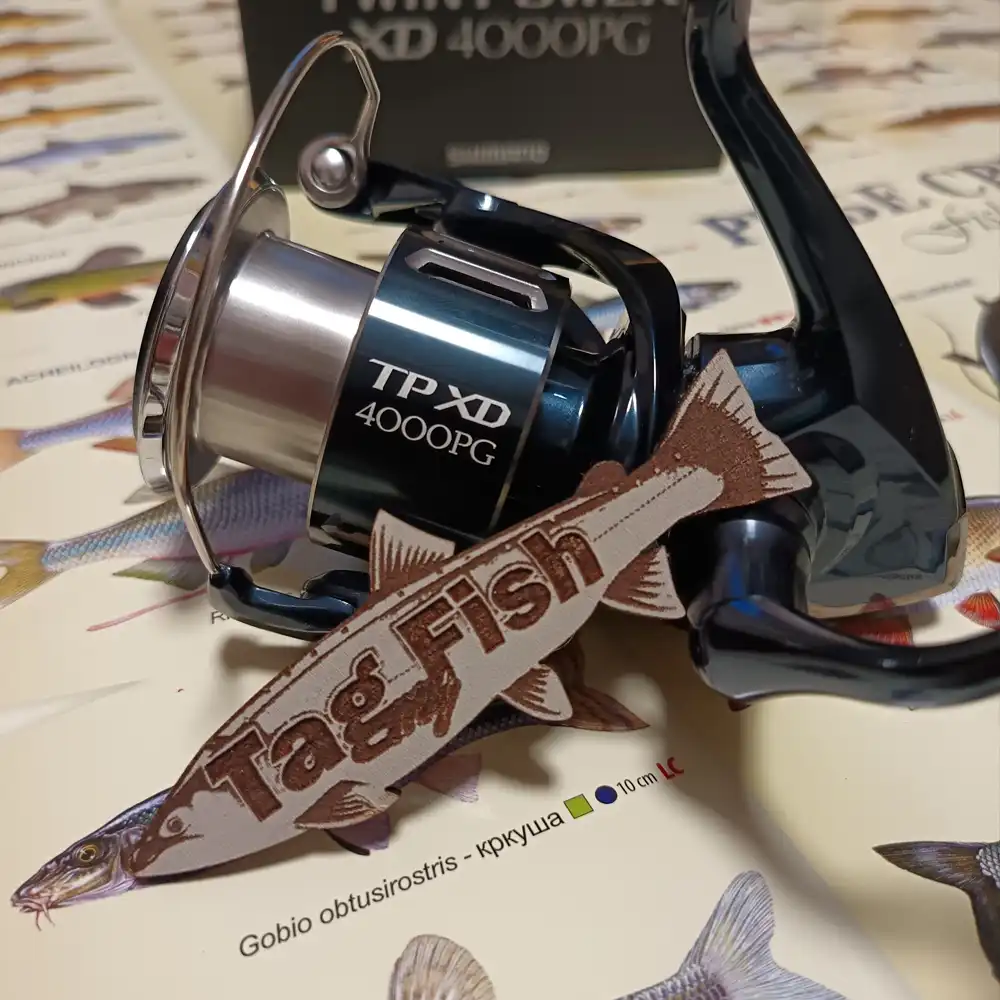Ria de Arousa

General data
- Name: Ria de Arousa
- Water system: Atlantic Ocean
- Water type: Bay
- Progression: Atlantic Ocean -> Planet Earth
- Climates: Subtropical
- Continents: Europe
- Countries: Spain
The Ría de Arousa is the largest of the Rías Baixas. In addition to the main ria, there is a smaller branch inlet further inland known as the Grove Inlet.The largest river to join with the Ría de Arousa is the Ulla. The Ría de Arousa is especially important in the seafood industry as it accounts for over half of the mussel farming in the Rías Baixas. As is the case with the Ría de Muros e Noia, the Ría de Arousa has two lagoons, one with fresh water and the other with salt water. In the area there is also the Parque Natural de Dunas de Corrubedo where visitors can admire sand dunes- the largest in Galicia.


